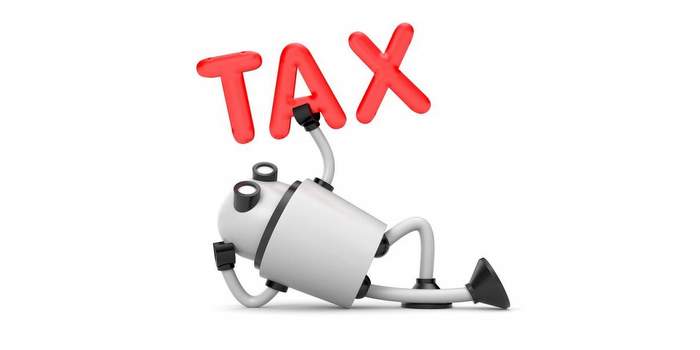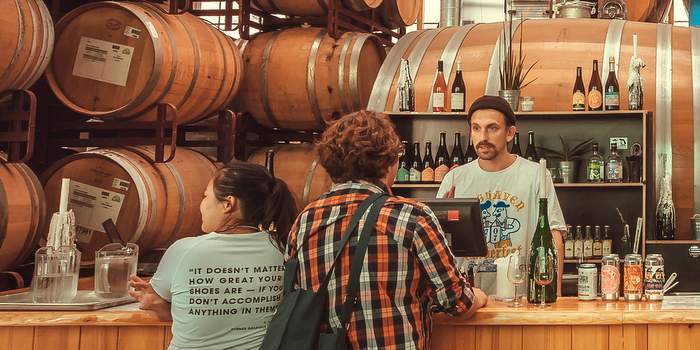
Having approached the half-way point of 2019, now is the time to begin thinking about the next tax filing season and how the Tax Cuts and Jobs Act (TCJA) of 2017 will continue to impact the craft beer industry.
One of the most significant changes facing craft breweries under the TCJA, now in its second year, is the tax status of the corporation. Those who last year opted to remain in their S Corporation status and not convert to a C Corporation now have the opportunity to take a closer look at the advantages and disadvantages of conversion.
In brief, changing corporation status from an S Corporation or partnership (pass-through) to a C Corporation translates into profits being taxed separately from the company’s owners. Since many craft breweries have organized themselves as pass-through entities, the new structure under the TCJA, which drops the top tax rate for C Corporations from 35 percent down to 21 percent, could be a major incentive. No limitation on state tax deductions is another potential advantage to C Corporation status. In contrast, the cap on personal state tax deductions for owners of pass-through entities is $10,000.
On the down-side, C Corporation owners are subject to double taxation if they are paying wages or disbursing dividend contributions to themselves. For brewery owners looking to sell their business over the next few years, it might make more sense to remain as a S Corporation since pass-throughs, in most cases, do not pay corporate tax and would avoid double taxation upon a sale event.
What must also be considered is the potential for additional taxes should a C Corporation convert back to S. These entities could be subject to a built-in gains tax and/or a net passive investment income tax. The former is a corporate-level tax on gain from the sale of appreciated tangible or intangible assets after a C Corporation elects to become as S Corporation, while the latter applies to S corporations with earnings and profits accumulated while operating as a C Corporation. The net passive investment income tax would likely bear more weight for craft brewery owners than the built-in gains tax.
What could be of particular importance to S Corporation brewery owners is Section 199A of the TCJA, also known as the Qualified Business Income deduction. A potentially significant tax break for small business owners, Section 199A is not without its rules. The good news is that 199A allows for up to a 20 percent deduction of qualified business income for certain business owners but take note — that deduction does not extend to wage income. Be aware too that the limitation looks to taxable income (after health insurance, retirement plans, etc.) as measured on the individual’s tax return, not gross income.
New limitations on expensing business interest is also part of the TCJA makeup. Previously, all business interest expense was deductible by most taxpayers, but now it is limited to 30 percent of the entity’s adjusted taxable income, with the exception being businesses with average gross receipts of under $25 million for the previous three years. The rule, therefore, won’t apply to many new craft breweries coming in under the gross receipts threshold. But breweries that have been conducting business for some time and/or owners with multiple businesses that are reaping the rewards of gross receipts exceeding $25 million may need to explore tax strategies to help offset this interest expense deduction limitation.
Change is never easy, especially when it comes to new and convoluted tax regulations. With just a single year of the TCJA now in the books, it will take some time to become acquainted with all the pros and cons of this brave new tax world. Such a sweeping, systemic change cannot be immediately grasped. The key for craft brewers and all businesses, for that matter, is to become as familiar as possible with the ramifications — both positive and negative — of this law and adjust accordingly.
Stephen Fuller and Corey Veneziano are partners at blumshapiro (www.blumshapiro.com), the largest regional accounting, tax and business advisory firm based in New England.





Leave a Reply
You must be logged in to post a comment.